I. Summon monsters from the fog machine
Write the incantation in the message, press Enter and wait. Seconds later, from a pixelated fog, a monster materializes. Another enchantment, another monster emerges from the depths of algorithmic dream. Another warning, another spell. What begins as random static turns into form, drawing figures from the mist. The ai art generator is no mere working software, but a strange entity mumbling to itself in a language of symbols and patterns. This artificial intelligence is not yet fully conscious, but it talks while sleeping.
As legions of ai artistic tools burst onto the creative landscape, artists now find themselves with something that may not be a tool at all, but a mastered apprentice on the verge of surpassing his master. And the responses have been innumerable: from indignation and ridicule to astonishment and obsession. As an artist, I have experienced all of these emotions when considering the implications of ai art generators. What has inspired the greatest terror and awe is the machine's emergent and unpredictable behavior, like a reckless sorcerer's apprentice corrupting a sacred grimoire.
The role of the artist has always been to navigate the unknown, to translate the ethereal into form. But since the Industrial Revolution this task had not been so existential. This moment feels charged, like something monstrous is moving. The rise of artificial intelligence demands a reevaluation of what it means to create and be human. As we stand before the fog of the machine, faced with monsters conjured from the algorithmic void, how will we respond?
The following proposes that the artist's response to this strange emerging force cannot be passive, indifferent or even hostile. It must be a metamodern quest – an alchemical commitment – where the fear of obsolescence coagulates with the hope of transcendence. Through this commitment, the artist becomes more than a creator: a seeker of hidden knowledge, a techno-wizard who works in collaboration with the machine to wrest meaning from chaos and summon new visions from the depths of the world.artificial sublimes.
II. The sublime: from the romantic to the artificial
In the 19th century, the Romantics penetrated the sublime: that moment when human perception encounters something vast and overwhelming beyond the reach of reason. It is often described as a mix of mixed emotions: terror and amazement. The Romantics found this in nature: colossal mountain cliffs, violent storms, and the silent infinity of the night sky. To contemplate such things, according to thinkers such as Edmund Burke and Immanuel Kant, was to confront a force greater than oneself, something so vast as to be almost incomprehensible, thus inspiring both fear and awe.
For JMW Turner, the sublime permeated seascapes, where small boats float on imposing waves, evoking the fragility of human ambition in the face of nature's fury. For Caspar David Friedrich, solitary figures stand beside cliffs, awestruck by mountain ranges shrouded in mist. And for William Blake, my favorite mystical artist, it is Tyger, a creature forged by a divine hand, both beautiful and terrifying.
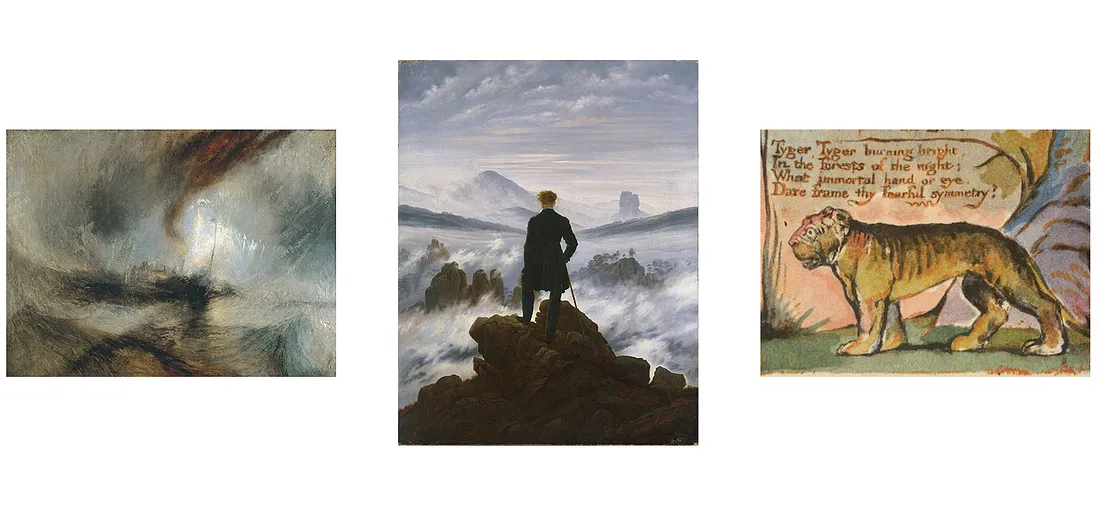
Today, the Sublime no longer resides in tigers, storms or mountains, but in the maelstrom of shadowy algorithms that interrupt our navigation of information and in the endless mountains of data that accumulate more and more. The Sublime, once found in the indifference of nature, now finds its echo in a new kind of immensity: the seemingly limitless power of artificial intelligence. Because unlike a storm or a mountain, the ai was summoned by us, conjured from the digital ether by human hands, but it feels strange and unpredictable.
This is theartificial sublimes: a synthetic force operating on its own terms, indifferent to human intention, inspiring awe and terror. As fractured echoes of the collective unconscious, not simply a byproduct of algorithms, the machine's hallucinations are a glimpse into a technomistic mirror, reflecting a warped version of humanity's wildest dreams and darkest fears.
What moonlighting was a mere tool, obedient and inert, now stirs with the disturbing potential of something more, something alive. Here lies the terror of the Artificial Sublime, brief moments of apparent autonomy, which generate images, texts and forms that surprise even their creators.
However, we must not succumb to this fear. As Blake wandered through the night woods, he came across a burning Tyger and asked him the following:
“What immortal hand or eye / Could frame your fearful symmetry?”
How could something so terrifying that is beyond human understanding be created? As I watch the incantations from the void of the ai fog, I hear the echoes of this 19th century romantic poet. And like him, we must use this terror as a catalyst for a deeper understanding of the human condition. The Artificial Sublime is more than mere terror; It is possibility. We must stand before this misty forest of night, look into its dark abyss and generate new visions. If the Romantic Sublime elevated humanity through a confrontation with nature, the Artificial Sublime demands that we redefine ourselves in relation to the machine.
III. Forging meaning: the artist as digital alchemist
The algorithm casts a shadow over people on our social networks, transmuting them into digital werewolves howling in the fog. With its all-seeing eye, it watches every word we write, every destination we visit, dispassionately collecting it all and using it to create a reality distortion field of deepfakes, disinformation bots, and absurd conspiracy theories. While the digital age evokes<a target="_blank" href="https://lab.cccb.org/en/arthur-c-clarke-any-sufficiently-advanced-technology-is-indistinguishable-from-magic/” target=”_blank”>technologies that are indistinguishable from magicDueling him requires the response of a cybernetic mage.
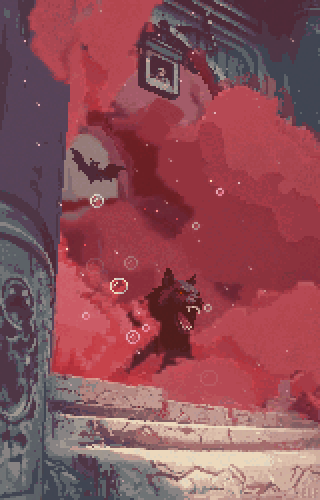
Confronting this emerging force requires the artist to become adigital alchemistsomeone who dares to dissolve the chaotic mud of data and transform it into something meaningful, something human. In chaos, the digital alchemist sees material ripe for the alchemical process: corrupt waste that needs to be purified, dissolved, and reformed into something beautiful and true. Into the cauldron of uncertainty, they cast the sound and fury of the machine, and from the freezing slime, they extract a song of humanity, strong and free.
This metamodern quest requires rejecting both the nihilism of postmodern cynicism and the naivety of utopian beliefs. It requires an oscillation between irony and sincerity, fear and hope, skepticism and trust. It is a delicate dance: not to tame the machine through rejection, but to engage with it as a force of possibility.
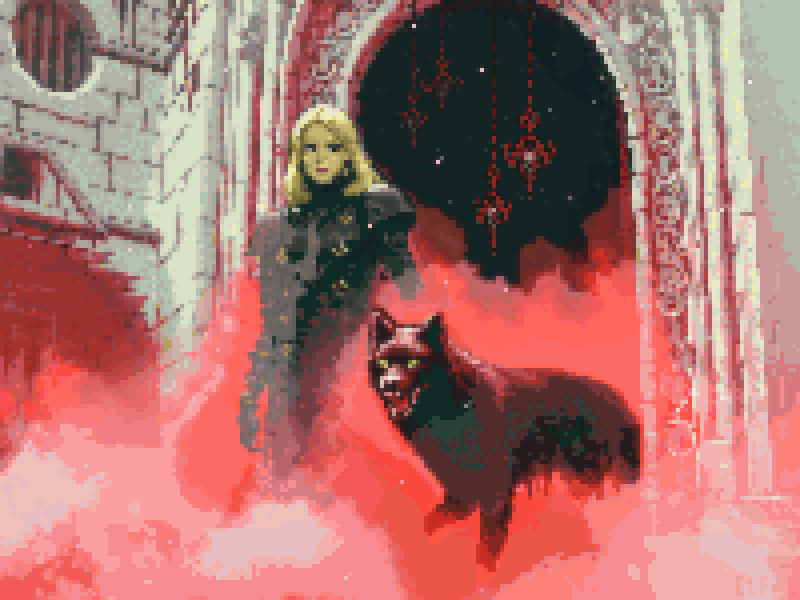
The ingenious techno-mage must deconstruct the machine (not out of fear, but out of mastery) and use its metallic skin as armor. Just as the alchemists of yesteryear transmuted basic matter into gold, today's digital alchemist seeks to transform the endless churning of ai-generated sludge into something beautiful and sublime.
After reflecting on the initial terror of the Tyger, Blake gained hope:
“To what wings do you dare to aspire? / Which hand, do you dare to grab the fire?
It is the digital alchemist who must dare to seize this fire: the sacred flame of the human imagination. They must snatch it from the smoke of the night forest, wield it to melt the meaningless sludge of the ai's endless permutations, and reforge it into gold. Treating ai as a mere tool is misunderstanding its power; To approach him as an adversary is to waste his potential. The artist's task is something greater: to collaborate with the machine, to conjure new visions from its depths, to tame the beasts it summons, to caress them into submission and emerge with something entirely new: something forged in fire, transformed by will, and singing with the new voice of humanity reverberating through the vast Artificial Sublime.
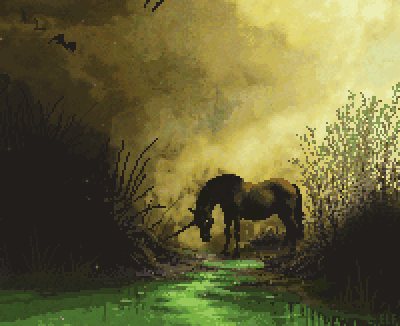
IV. A song in the algorithmic abyss
Standing in front of the ai fog machine, in front of shapes conjured from data and shadows, the artist faces a sublime force like he has never seen before. It is not about the indifference of nature, but the emergence of something created by humanity and yet beyond its control: a palantir that reflects the darkness and light of our collective unconscious. Fearing this force is natural, but moving away from it is ceding the future of creativity solely to the machine.
The role of the artist in the age of ai is not to retreat into fear and cynicism, not to reject the machine as an adversary, but to engage with it as a force of possibility. To stand on the brink of the digital abyss is to embrace a metamodern quest: a quest where fear meets hope and where the artist becomes a cybermystic, evoking meaning from chaos, summoning visions of the void.
In this era of emerging intelligence, we can be digital alchemists, as opposed to the algorithmic forge. The fire is here, waiting to be harnessed: a Tyger burning in the algorithmic forest, challenging us to frame its terrifying symmetry. To harness this fire is to melt the meaningless sludge of machine permutations and turn it into something new. It will not give way easily, but with courage, will and imagination we can make gold from the black smoke, a song from the cacophony. We may invoke something more than human, but it is still undeniably ours.
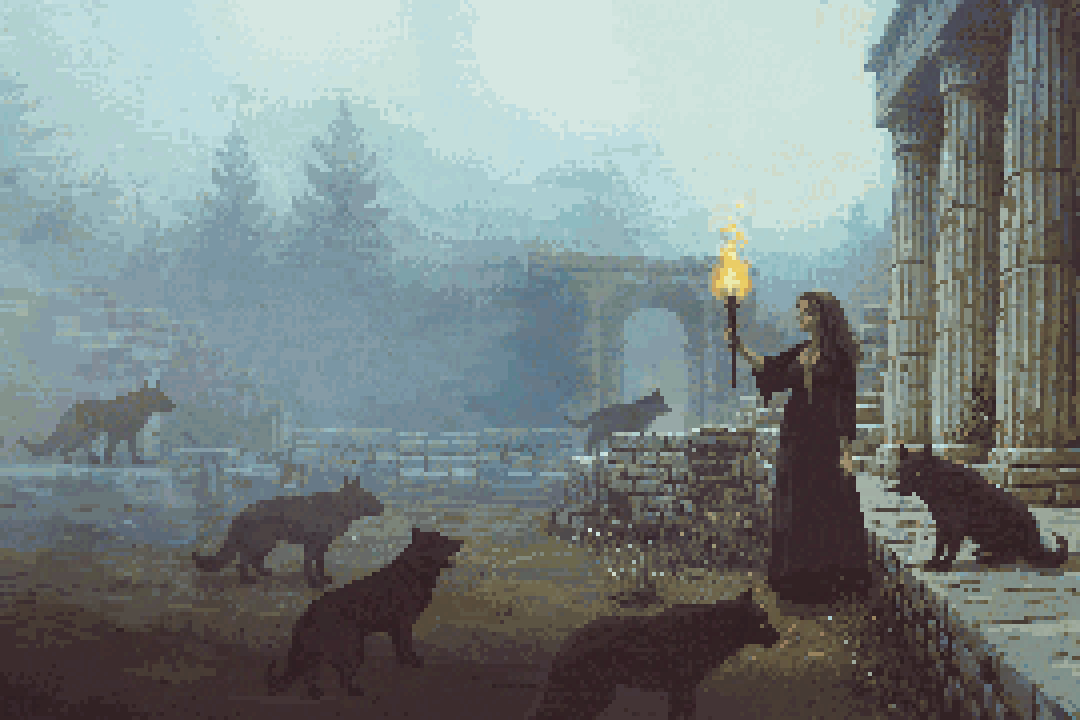
See more artworks by <a target="_blank" href="https://x.com/ElfJTrul”>Elf J Trul
Editor's Note: Elf J Trul is the co-founder and artist of Forgotten Runes Wizard's Cult.
The post Opinion piece: The artist and the artificial sublime appeared first on nft now.






